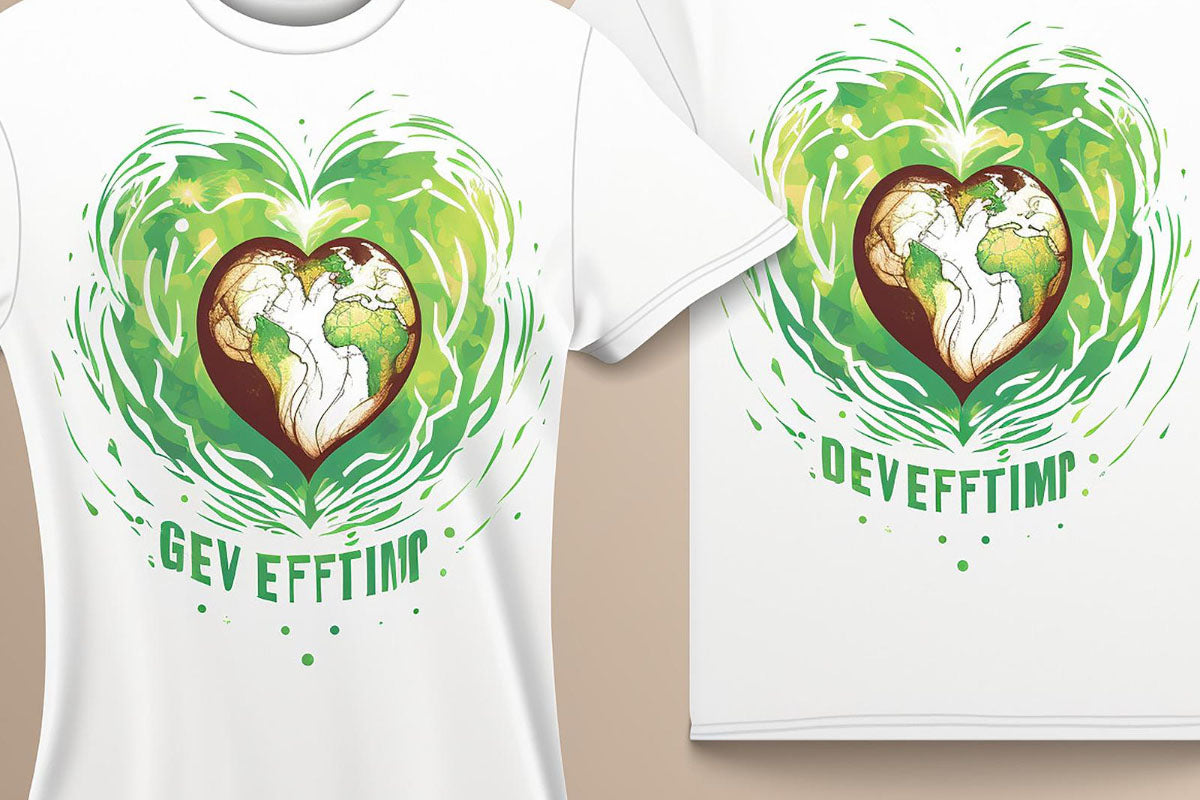
DTF vs. Screen Printing: Which Should You Pick?
Understanding the Basics of DTF and Screen Printing
When comparing printing methods, it's essential to understand the fundamentals of both DTF and screen printing. DTF transfer technology uses a digital process where ink is applied to a special film and then transferred to fabric using heat and adhesive powder. On the other hand, screen printing involves pressing ink through a stencil onto fabric. Both methods have their advantages, but the choice depends on the project’s specific requirements.
The Versatility of DTF Transfers vs. Screen Printing
One of the key advantages of DTF transfers is their ability to work on a wide range of fabrics, including cotton, polyester, and synthetic blends. Unlike screen printing, which works best on cotton and light-colored fabrics, DTF transfer printing allows for high-quality results on both dark and light materials. This versatility makes DTF an excellent choice for businesses looking to expand their product offerings.
Durability and Washability of DTF Transfers
Durability is a crucial factor when selecting a printing method. DTF transfers offer long-lasting prints that do not crack, peel, or fade easily after multiple washes. Screen printing also provides durability, but the ink may degrade over time if not properly cured. With proper care, DTF transfer prints can maintain their vibrant colors and structure, making them ideal for everyday wear.
Color Vibrancy and Detail in DTF Transfers
For detailed and high-resolution prints, DTF transfers outperform screen printing. The digital process of DTF allows for full-color designs, gradients, and intricate details that screen printing cannot easily achieve. With screen printing, each color requires a separate stencil, making complex multicolor designs challenging and costly. This makes DTF transfer technology a preferred choice for vibrant and detailed prints.
Cost Efficiency of DTF Transfers vs. Screen Printing
Cost efficiency is a major consideration, especially for small businesses. DTF transfers eliminate the need for expensive screen setups, making them a cost-effective solution for short runs and custom orders. Screen printing, while cost-efficient for bulk production, requires higher upfront costs for stencils and ink. Businesses seeking flexibility and lower setup costs often prefer the affordability of DTF transfer technology.
Eco-Friendliness and Sustainability of DTF Transfers
Environmental concerns are an important aspect of modern printing solutions. DTF transfers use water-based inks and produce less waste compared to screen printing, which requires large amounts of ink and chemicals. Additionally, the energy consumption in DTF transfer printing is lower, making it a more sustainable choice for businesses aiming to reduce their environmental footprint.
Conclusion
Both DTF transfers and screen printing have their unique advantages, but the choice depends on specific printing needs. For businesses looking for versatility, high detail, and lower costs, DTF transfer technology is an excellent option. Screen printing remains a strong choice for bulk orders and simple designs, but for vibrant, multi-color, and fabric-diverse prints, DTF transfers are the clear winner.
Frequently Asked Questions
-
What is a DTF transfer?
- A DTF transfer is a digital printing method that uses film and adhesive powder to apply designs to fabric.
-
Is DTF transfer better than screen printing?
- DTF transfer technology provides better detail, color vibrancy, and versatility, while screen printing is best for bulk orders.
-
Can DTF transfers be used on any fabric?
- Yes, DTF transfers work on cotton, polyester, and synthetic blends, unlike screen printing which is limited to certain materials.
-
How durable are DTF transfers?
- DTF transfers are highly durable and resistant to fading, peeling, and cracking, lasting through many washes.
-
What makes screen printing different from DTF?
- Screen printing uses stencils to press ink onto fabric, while DTF transfers use a digital film-based process.
-
Is DTF transfer printing more expensive?
- DTF transfer printing is cost-effective for small orders, whereas screen printing becomes more economical for bulk production.
-
How does the color quality compare between DTF and screen printing?
- DTF transfers produce more vibrant, high-resolution colors, while screen printing may struggle with gradients and fine details.
-
What is the best choice for custom t-shirts?
- DTF transfers are ideal for intricate, multi-color designs, while screen printing is great for simple bulk orders.
-
Are DTF transfers environmentally friendly?
- Yes, DTF transfers use water-based inks and generate less waste compared to the chemical-heavy process of screen printing.
-
How do I decide between DTF and screen printing?
- If you need flexibility, detail, and affordability for small orders, choose DTF transfers; for mass production, consider screen printing.